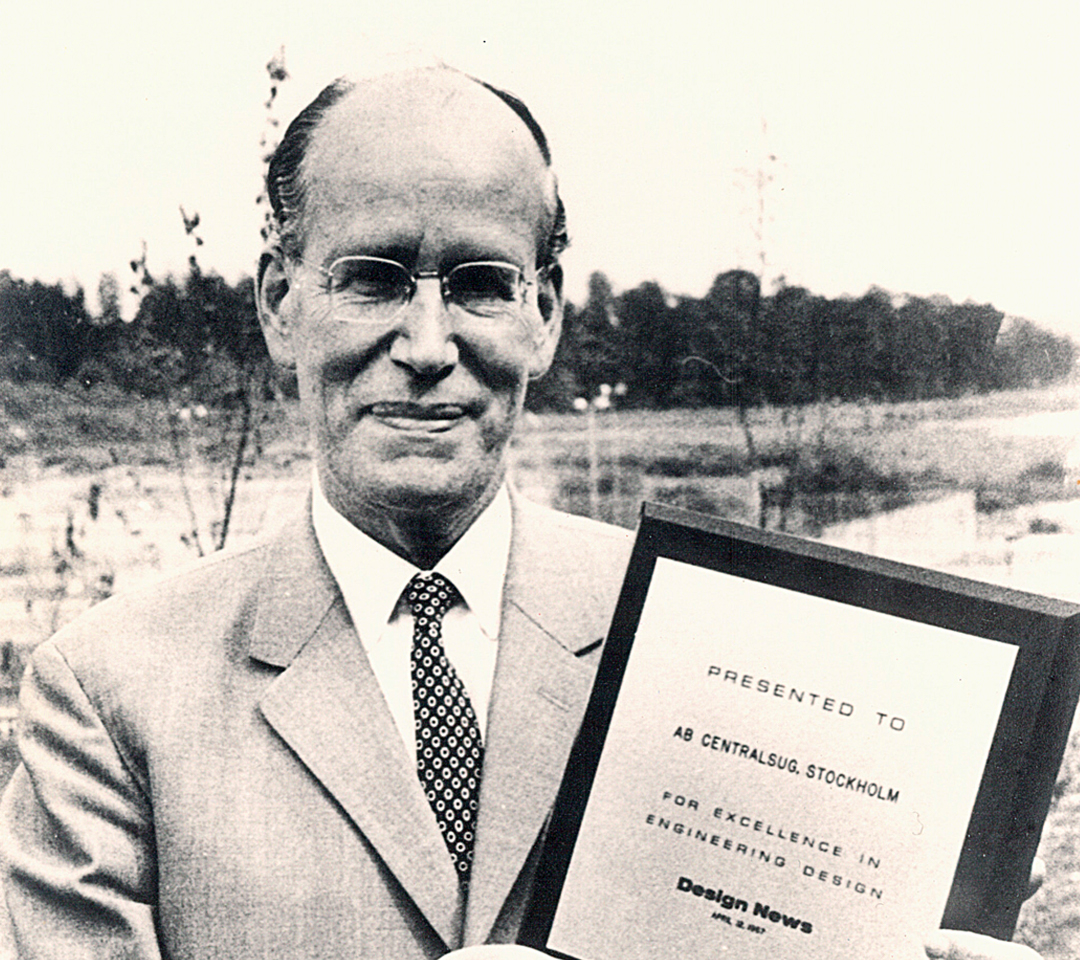Insights
Smart City,Sustainability
Navigating the hazards of manual waste handling and what is the future
Managing waste, mainly through manual handling, involves navigating a landscape fraught with potential hazards. These challenges underscore the need for a comprehensive approach to protect both individuals and our planet.

In waste management, the intricacies of handling the waste extend far beyond mere disposal; they touch upon crucial environmental sustainability issues and human well-being. Managing waste, mainly through manual handling, involves navigating a landscape fraught with potential hazards. These challenges underscore the need for a comprehensive approach to protect both individuals and our planet. As we dissect the nuances of manual waste handling and explore advanced practices for managing soiled linen in healthcare settings, our focus extends to mitigating health risks, safeguarding workers, and improving environmental health.
The Perils of Manual Waste Handling
Manual waste handling is a high-stakes activity that exposes workers to a plethora of dangers:
- Health Hazards: Those engaged in manual sorting and disposal of waste encounter a barrage of harmful substances and chemicals, elevating their risk for numerous health complications.
- Injury Risks: Handling waste manually involves the threat of injuries from sharp objects, heavy lifting, or interaction with hazardous materials.
- Environmental and Economic Blowback: Inadequately managed waste-handling processes precipitate environmental pollution, including soil contamination, water pollution, and air pollution. It will also lead to significant economic consequences due to the ensuing health risks and the necessity for environmental remediation.
- Psychological Impact: The stigma and poor working conditions associated with manual waste handling can psychologically impact the individuals involved.
- Inadequate Waste Segregation: Manual handling often leads to inadequate waste segregation, reducing the effectiveness of recycling programs and increasing the amount of waste ending up in landfills.
- Impact on Biodiversity and Wildlife: Inadequately handled waste can harm wildlife and biodiversity. When waste is not managed correctly, it can threaten animals on land and in aquatic environments. This can occur when animals mistakenly ingest waste materials or become entangled, leading to severe harm or even death. Wildlife can also suffer from the toxic effects of certain waste materials, further threatening their populations and the overall balance of ecosystems.
These challenges are reflected in the day-to-day realities of those on the frontline. A recent report from the UK Health and Safety Executive (HSE) shows that one of the top reasons for accidents leading to more than seven days of absence in the waste industry is work tasks involving manual handling.
Fresh statistics from the UK Health and Safety Executive show that the waste industry has the second highest industry accident ratio per 100.000 workers, with a rate of 4,08, which is twice as much as the construction industry, with a rate of 1,72. In 2016/17 – 2022/23, 4000 workers sustained non-fatal injuries in seven years. 32% of the accidents came from Slips, trips, or falls on the same level, and 25% were injured while handling or lifting. If we look at data covering just 2023, the report says that 1616 Non-fatal injuries were reported in RIDDOR in 2022/23, and 1190 (74%) of them led to more than seven days of incapacitation. The traditional waste collection industry has a major opportunity to improve the safety of its workers. With a pneumatic waste collection system, we remove the need for manual handling.
Recent report from UK Health and Safety Executive (HSE)
A recent report from UK Health and Safety Executive (HSE) shows that one of the top reasons for accidents leading to more than seven days of abscence in the waste industry comes from work tasks involving manual handling.
What the future holds
Implementing an Automated Waste Collection System (AWCS) presents a comprehensive solution to the hazards and inefficiencies identified in manual waste handling. By leveraging technology, AWCS can significantly mitigate health risks, reduce the potential for injuries, and promote environmental sustainability.
- Health Hazards Reduction
The AWCS minimises human exposure to hazardous substances and chemicals in waste by automating the collection and segregation processes. This automation reduces workers’ direct contact with harmful materials, thereby decreasing the risk of health complications. - Injury Risk Mitigation
Automated systems eliminate the need for physical waste handling, reducing the risk of injuries related to lifting heavy objects or accidental contact with sharp, contaminated materials. This protects workers and reduces absences due to work-related injuries, enhancing productivity. - Environmental and Economic Benefits
By optimising waste management, AWCS significantly reduces the environmental impact of waste disposal. Improved segregation leads to more efficient recycling processes, decreasing the amount of waste sent to landfills. This, in turn, minimises soil, water, and air pollution and addresses economic concerns by lowering the costs associated with health risks and environmental remediation. - Psychological Well-Being
Transitioning to an automated system improves working conditions and diminishes the stigma associated with manual waste-handling jobs. By elevating the role of workers from manual labour to system monitoring and maintenance, their job satisfaction and mental health can improve. - Wildlife and Biodiversity Protection
An AWCS can help properly dispose of and handle waste, preventing it from harming wildlife and ecosystems. With reduced chances of waste ending up in natural habitats, the threats to wildlife and biodiversity from pollution and ingestion of or entanglement in waste are significantly diminished. - Addressing the High Accident Ratio
As the UK Health and Safety Executive highlighted, integrating AWCS addresses the alarming accident ratio in the waste industry. Accidents can be substantially minimised by eliminating manual tasks that are prone to causing slips, trips, falls, and injuries from handling.
Implementing an Automated Waste Collection System can revolutionally tackle the challenges posed by manual waste handling holistically. It offers a safer, more efficient, and environmentally friendly alternative, aligning with contemporary needs for sustainable waste management practices. Transitioning to AWCS benefits those directly involved in waste collection and handling and contributes to the broader goal of preserving our environment for future generations.
Sources:
https://www.hse.gov.uk/statistics/assets/docs/waste-recycling.pdf

How Envac works with
SMART CITY
collecting data and optimising the network of solution to improve sustainable urban planning





